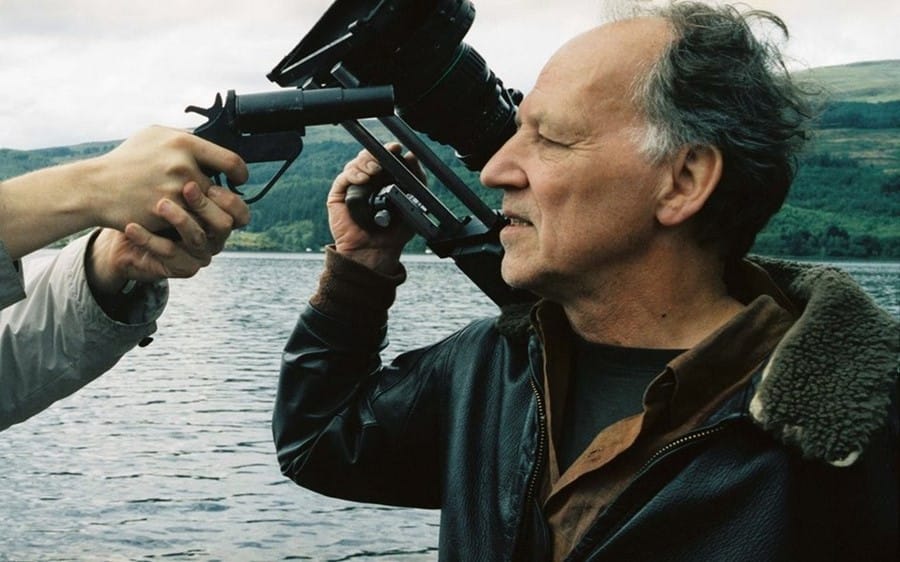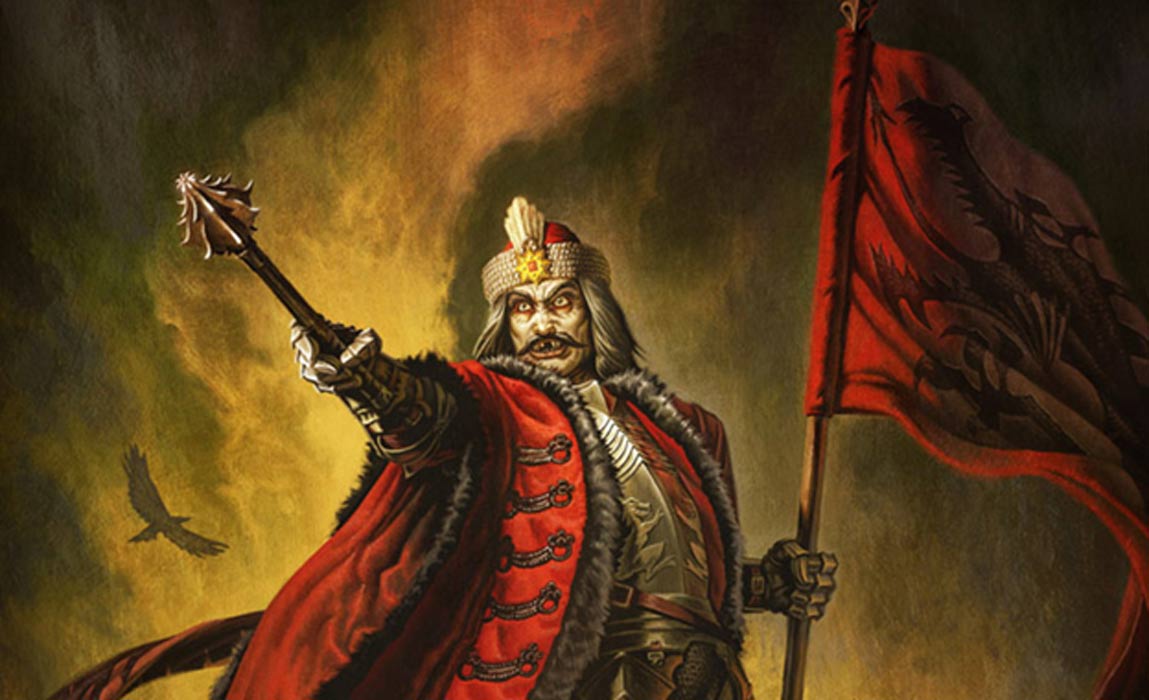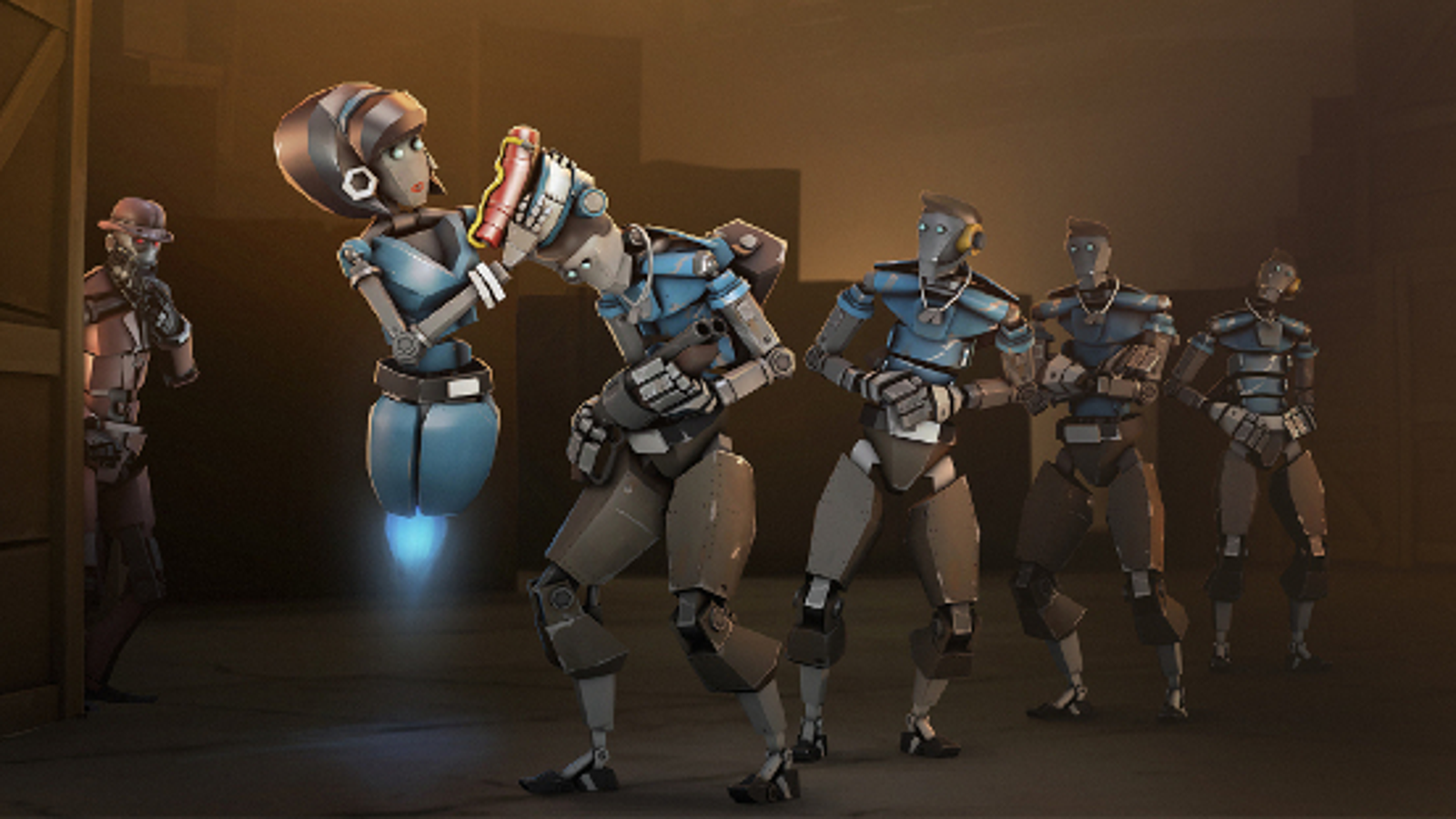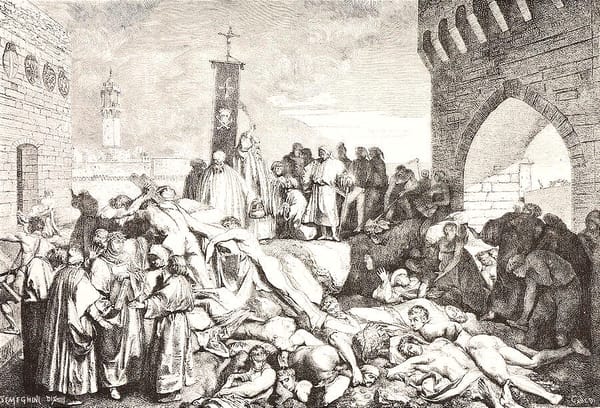Werner Herzog on the mysteries of Pittsburgh and his second family

Editor's note: This is so full of amazing parts it's hard to pick just one! Please read it, even if you don't know who Werner Herzog is. The link should hopefully take you around the paywall.
From Werner Herzog in The New Yorker: "Pittsburgh turned out to be a bad idea. For a start, the steel industry was almost dead, and the shuttered plants were rusting away. Second, Duquesne University was an intellectually impoverished place. Quitting school would have meant losing my visa and having to leave the United States. So I kept my registration. I slept on the sofas of various acquaintances and of my original host, a professor, forty but terrified of his mother, who forbade contact with female students and perhaps with women in general. A freak encounter changed everything. One day, it started raining, and the car drew up beside me. The woman wound down her window. She could give me a lift, she said. It was a two-minute drive to Fox Chapel. She said I’d do better staying with her; she had a spare room in her attic. Her place was just a quarter of a mile from his. And so I found myself adopted by a family."
How Syria tried to solve its drought problem in the 1930s by banning the Yo-Yo

From Dan Lewis at Now I Know: "In late 1932, Syria experienced a significant lack of rainfall, and the results were dramatic. As Time magazine reported at the time, a handful of Muslim priests believed that the start of the drought coincided with the introduction of the yo-yo into Syrian society, or at least, with the newfound popularity of the toy in Syrian communities. (It’s not exactly clear when the yo-yo first came to Syria, but according to the CBC, there’s evidence that the Greeks used them as early as 500 BCE, so they probably weren’t brand new to Syria at the time.) So, as Time Magazine reported at the time, the priests approached the government and argued that “the up-and-down movement of these infidel tops counteracts the prayers of the pious for rain. [ . . .] Rain will never fall again in Syria while the wicked play with yo-yos.”
What an analysis of two ancient letters can tell us about Vlad the Impaler

From the National Library of Medicine: "We report the results of peptides and proteins harvested from three letters written in 1457 and 1475 by Vlad III, also known as Vlad the Impaler, or Vlad Dracula. The characterization of the ancient proteins extracted from these documents allowed us to explore the environmental conditions, in the second half of the 15th century, of Wallachia, a region considered as a meeting point for soldiers, migrants, and travelers that probably carried diseases and epidemics. In addition, the identification of peptides and proteins harvested from the letters allowed us to uncover more about Vlad Dracula. Particularly, the experimental data show that he probably suffered from inflammatory processes of the respiratory tract and/or of the skin. In addition, proteomics data suggest that he might also have suffered from a condition called hemolacria, that is, he could shed tears mixed with blood."
Editor's note: If you like this newsletter, I'd be honoured if you would help me publish it by contributing whatever you can via my Patreon. Thanks!
A scholarly discourse on buildings that are designed to have holes in them

From Graham McKay at Misfits Architecture: "Holes in buildings have been around for a while – at least since 1982 when Arquitectonica’s The Atlantis was completed and most definitely since 1984 when the building was featured in the opening credits of Miami Vice that ran for five seasons from 1984. I just read that one of the five founding members in 1977 was Andrés Duany before he went rogue. I also read that the building won the AIA Test of Time Award in both the 10 year and 25 year categories. Now that’s a concept! Anyway, Arquitectonica made that square void (a.k.a. sky courtyard) into a branding device and went on to have a fine business doing what some people call commercial architecture. Arquitectonica have had relatively little media presence and, as far as I know, have never called themselves a research based practice. This endears them to me immensely."
My Mission Impossible: Find out where Tom Cruise actually lives

From Caity Weaver for the New York Times: "My mission, then, was simple: I was to travel to the ends of the Earth to see if it was possible to locate the terrestrial Cruise, out of context — to catch a glimpse, to politely shout one question at him, or at least to ascertain one new piece of intelligence about his current existence — in order to reintegrate him into our shared reality. To learn more about the possible activities of Tom Cruise, I turned to the person who, after Cruise himself, his family, his friends, his employees, his co-workers and anyone who has ever met — or, at least, interacted with — him, knows him best: a Brazilian woman who is quite possibly his most dedicated fan in the world. She spoke to me on two conditions: first, that I grant her anonymity; second, that I not identify by name, or characterize too specifically, the publicly available online repository of Cruise-related information she has maintained for over 20 years."
What a virtual village of AI chatbots can tell us about human interaction

From Oliver Roeder for the Financial Times: "John Lin is a small-town pharmacist who takes great pride in his work. He enjoys helping people and making it easy for his customers to get their medicine. He lives with his wife, a college professor, and their son, a student of music theory. He is active in local politics and friendly with his neighbour. John Lin thinks his neighbour is a kind man. And he loves his family very much. John Lin is also a chatbot, a souped-up version of ChatGPT. He “lives” in a digital hamlet called Smallville alongside two dozen other chatbots. He and his neighbours were placed there recently by a team of computer scientists from Stanford and Google to create a society with “believable human behaviour”. The modern generative AI movement has moved through text, image, audio and video. It is now attempting community."
A neighborhood built on top of a bridge in China
From Massimo on Twitter




